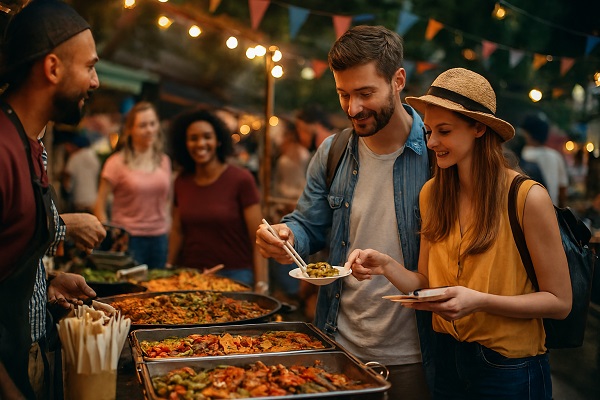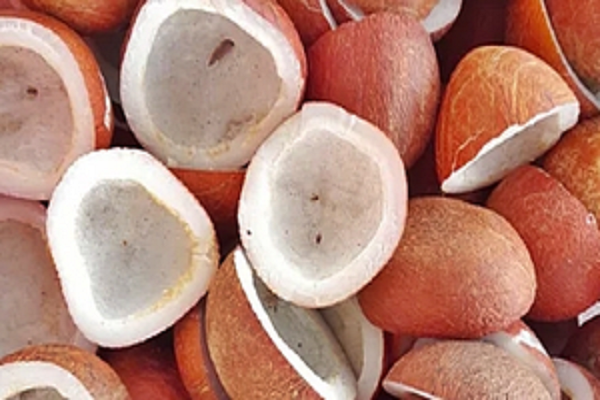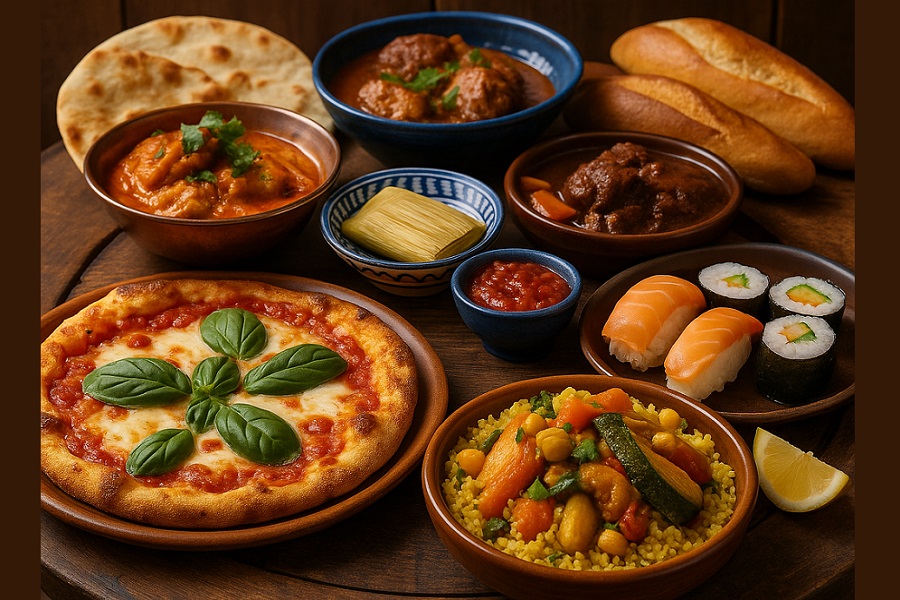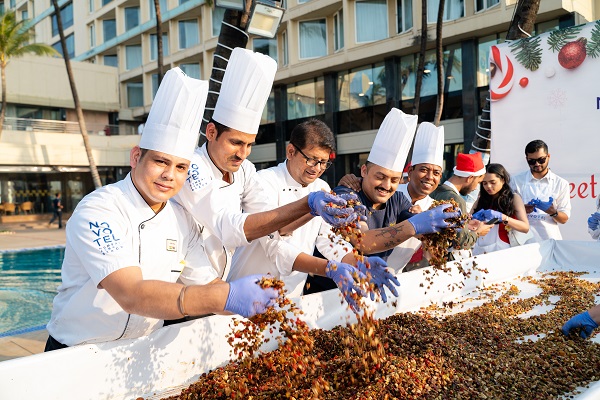Food and Beverage Tourism: Tasting the World Through Travel

Introduction Food and beverage tourism—also known as culinary tourism or gastronomic tourism—has become one of the fastest-growing segments of the travel industry. It focuses on exploring destinations through their local cuisine, beverages, and culinary traditions, offering travelers a deeper cultural connection than sightseeing alone.
What Is Food and Beverage Tourism?
Defined as travel motivated by the desire to experience authentic food and drink.
Includes activities like street food tours, vineyard visits, brewery tastings, cooking classes, and fine dining.
Positions food not just as an amenity but as an attraction in itself, shaping the image of destinations.
Benefits of Food and Beverage Tourism
Cultural Experience: Food is often the heart of culture. Tasting local dishes allows travelers to understand traditions, history, and identity.
Economic Growth: Culinary tourism boosts local economies by supporting restaurants, farms, wineries, and small businesses.
Community Empowerment: Local chefs, farmers, and artisans gain recognition and income, preserving culinary heritage.
Traveler Satisfaction: Food experiences are among the most memorable aspects of travel, often influencing destination choice.
Trends in Food and Beverage Tourism
Farm-to-Table Experiences: Travelers increasingly seek sustainable dining, connecting directly with producers.
Wine and Craft Beverage Tourism: Vineyard tours, brewery visits, and artisanal distilleries are booming worldwide.
Street Food Exploration: Affordable, authentic, and immersive, street food tours are popular in Asia, Latin America, and beyond.
Fusion and Innovation: Destinations highlight modern twists on traditional cuisine to attract adventurous foodies.
Challenges
Over-commercialization: Some destinations risk losing authenticity by catering too much to tourists.
Sustainability Issues: High demand can strain local resources if not managed responsibly.
Accessibility: Not all travelers can afford premium culinary experiences, creating inclusivity gaps.
Conclusion Food and beverage tourism is more than eating—it’s about connecting with people, culture, and place through taste. By embracing authentic culinary experiences, travelers enrich their journeys while supporting local economies and traditions. As the industry grows, sustainability and authenticity will be key to ensuring that food tourism remains a meaningful way to explore the world.
























